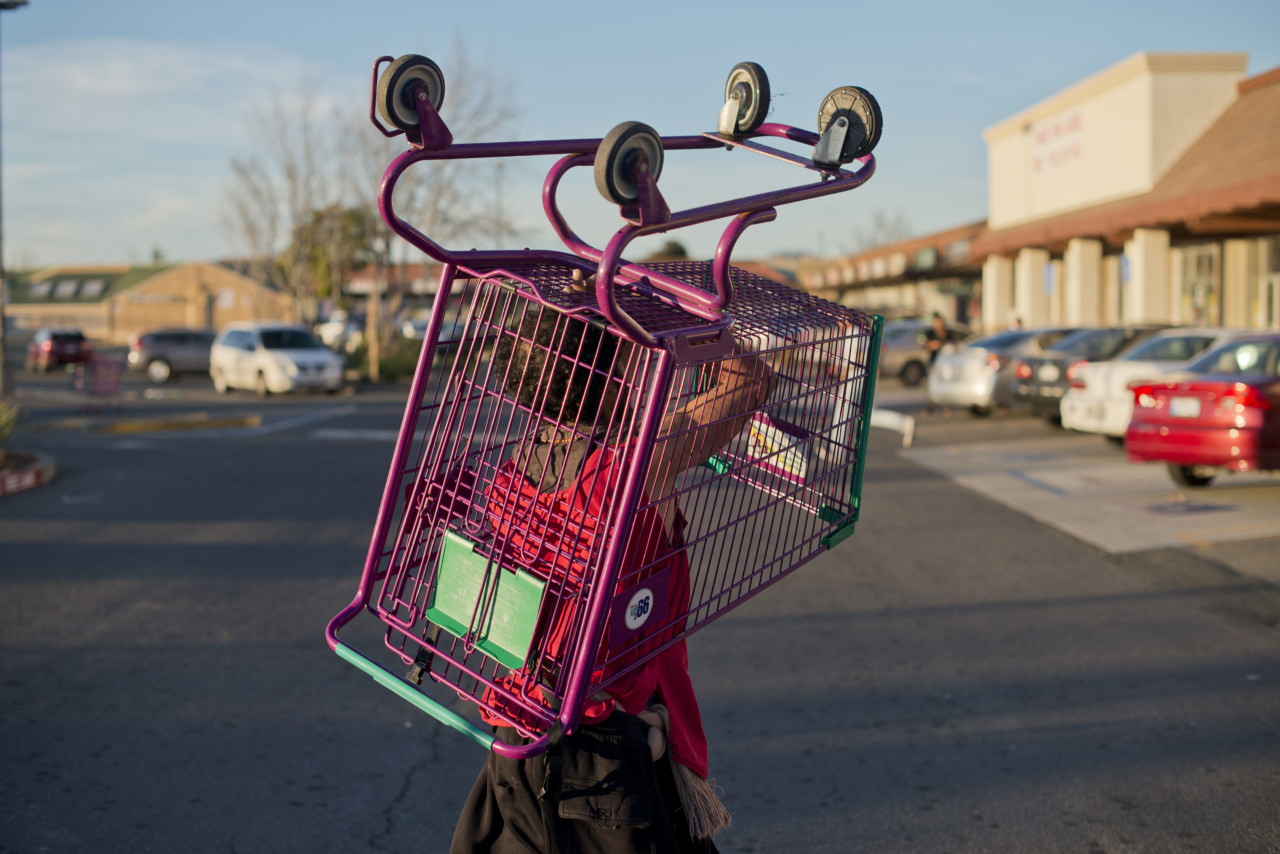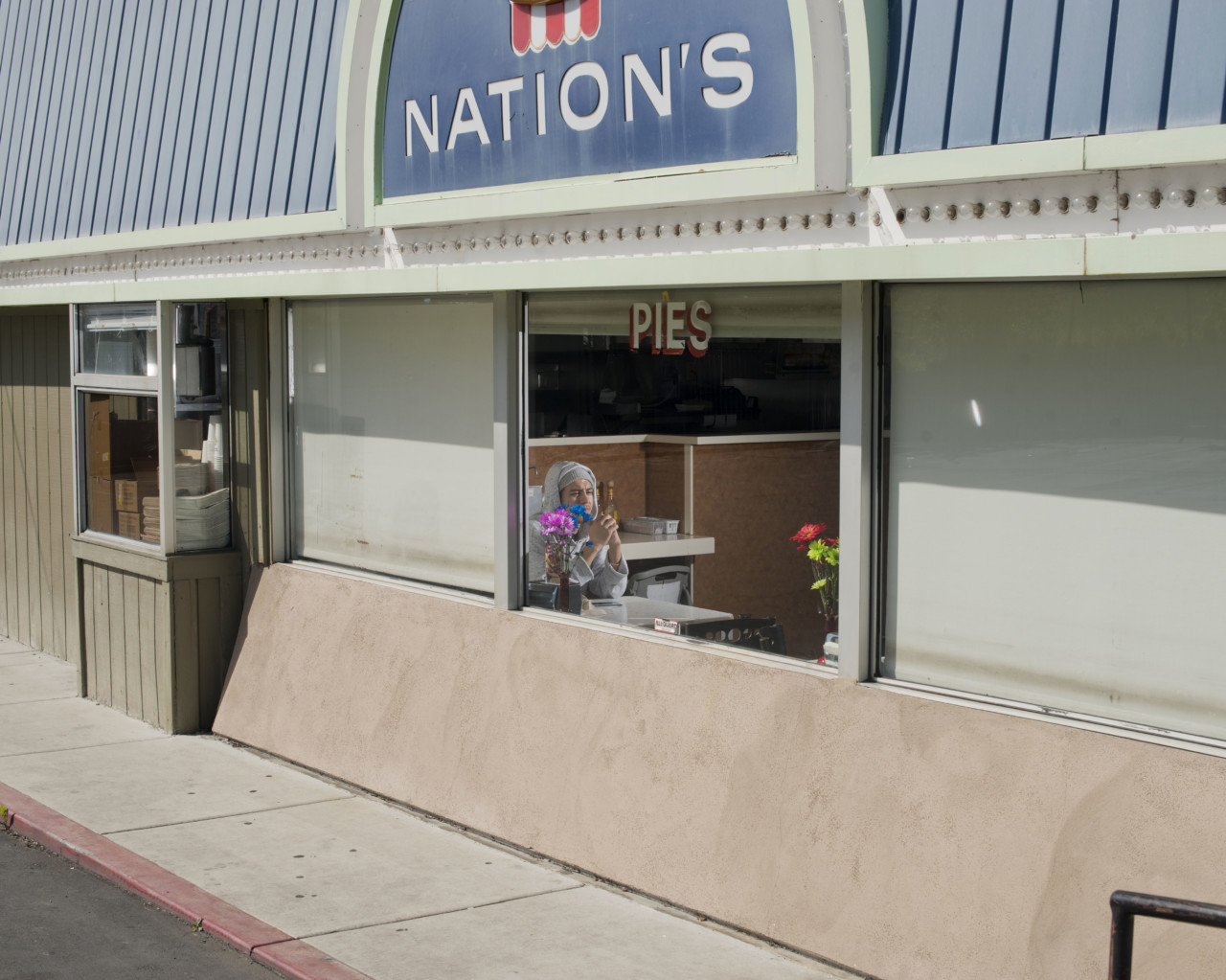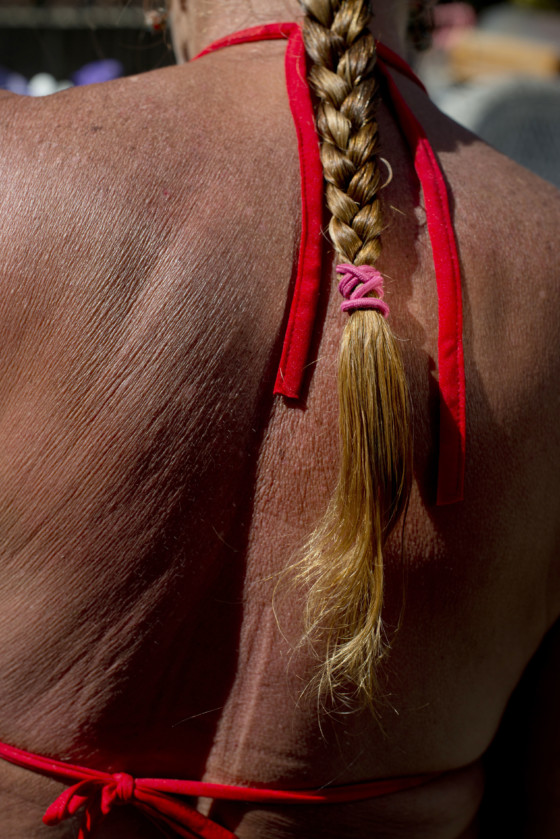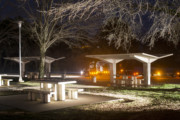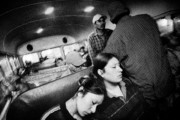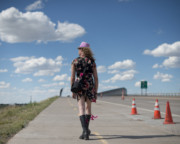Carolyn Drake’s Vallejo
The American photographer on what drew her to make the small Bay Area city her home
North American-born photographer Carolyn Drake spent a decade living and working abroad in Ukraine, Turkey, China, and the stans of Central Asia. . Early this year Drake moved to the small city of Vallejo in the San Francisco Bay Area. Here, Drake shares the first part of a new long-term project examining her new home town.
Made up of 100,000 people, Vallejo was once, in 1852, the state capital of California, but in 1996, the naval shipyard on Mare Island, which had propelled Vallejo’s economy for more than a century, shut down.
The city declared bankruptcy: people lost jobs, houses were vacated, and crime rates rose. It became a seedy counterpoint to Silicon Valley, its rapidly gentrifying neighbor. “Despite its bad luck, Vallejo’s eclectic character and diversity drew me not only to begin making photographs here, but to make it my new home,” says Drake. “It recalls an older California from before the tech boom but makes me question the nostalgia Ive carried for decades about the state I moved away from when I was very young.”
"It took a few years of hopping around to find a place it made sense to stay put"
- Carolyn Drake
How did Drake end up in the unassuming city of Vallejo?. “It was the endpoint of a road trip I took tracing an ancestor’s 19th century diary across the country . My partner and I ended up moving in again, 150 years later. It was the only place in the Bay area we could afford,” says Drake. “I’ve worked all over the world, but I haven’t actually settled anywhere since I lived in New York before 9/11…and I after that I lived abroad long enough that when I came back to the US, I was uncertain about where I belonged. It took a few years of hopping around to find a place it made sense to stay put.”
Although her creative process often involves integrating herself into environments to further understand them, Drake suggests that the process isn’t wholly natural. “Despite the length of time I spend on my different projects, I’ve always felt more like an outsider. Even at home I tend to feel this way. My work seeks that feeling of being connected, but it is driven by a personal feeling of disconnection. And in the end Id like that conflict to be evident in the work.”
Drake’s depiction of Vallejo carefully faces the stigma attached to the city, molding a sense of place through the characters who, sometimes tenuously, open themselves to the camera.. “Vallejo is slower than other parts of the Bay. There are not as many restaurants, not as much wealth,” explains Drake. “People perceive it as being on the outer edge. Even before it went bankrupt and people started moving away, the naval shipyard, with its itinerant sailors and brothels, gave it a certain stigma.”
These images are the first chapter in Drake’s new project constructing home in the US. “This work in Vallejo is a little different than my previous work in Central Asia because it involves standing still in one place instead of hitting the road. I want to explore how this country behaves on a local level, and to look at my own role in the entrenched economic and social relations that a lot of people here think need fixing.
Despite talk about gentrification around town, Drake prefers not to speculate about the future. “A couple weeks ago there was a buzz that Vallejo was the top real estate market in the country. It seems to be on that radar at the moment. If it follows the path of Berkeley and Oakland and the rest of Silicon Valley, then its destiny seems pre-determined, but I don’t like thinking that way. As I just learned when the country elected Donald Trump for President, I cant read the future.”


